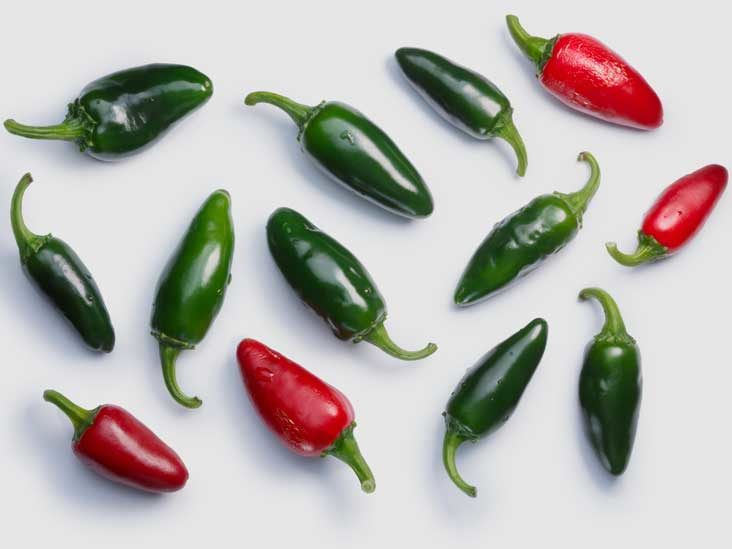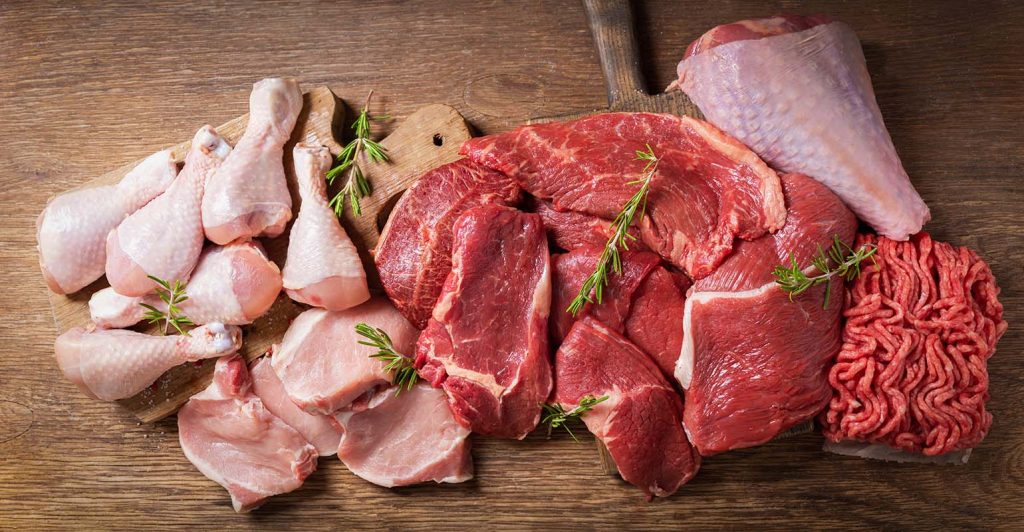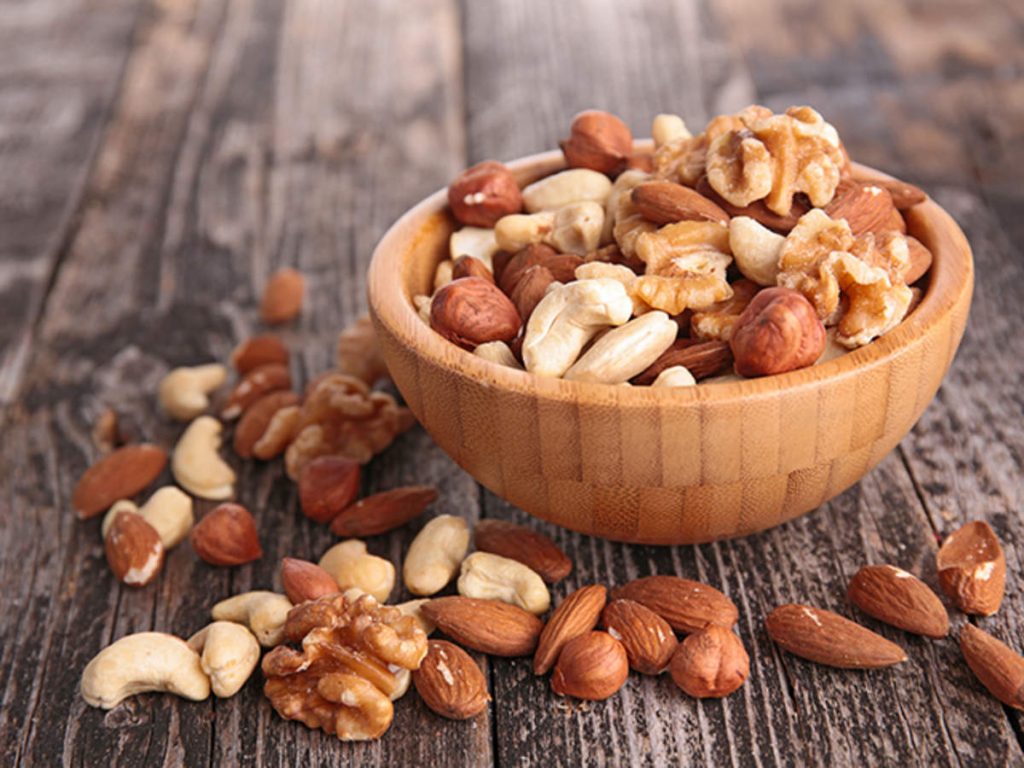10 Substitutes for Beans in Chili

Chili isn’t complete without beans. Wrong! It is quite feasible to produce an equally tasty, healthy, and healthful chili without beans that will satisfy the entire family. Depending on why you’re eliminating beans in the first place, there are a plethora of substitutions you may use while preparing chili.
Chili Substitutes for Beans
Every chili recipe will be unique, with plenty of flexibility for you to put your creative twist on it. These bean alternatives allow you to experiment with different combinations to see which ones you like.
Beef/ Pork

Meat is the most apparent bean substitution since it is high in protein, low in carbohydrates, and simple to prepare. Some claim that chili isn’t chili unless it contains ground beef. Those who consume meat would certainly include it, with or without beans.
In any case, it has to be listed on this list because beans and meat are frequently the building blocks of any high-protein meal.
There is a big surge of individuals transitioning to a plant-based diet. Thus the remainder of the substitutions on this list will satisfy that population.
Lentils / split peas / edamame
If you’re seeking a bean alternative that cooks significantly faster, any of these three legumes will do the trick. Add 34 cups of lentils or split peas to a large pot of chili and let them absorb the extra liquid and spices.
Alternatively, prepare them ahead of time and add them at the end to the chili. Alternatively, add a frozen bag of edamame when your chili has finished cooking.
This alternative is not suitable if you want to lower your carb consumption because the ratios of these legumes to beans are comparable. Though this is not the case, they may be slightly simpler to digest because they still contain phytic acid (explained below).
Texturized Vegetable Protein (TVP)

Soy flour is used to make TVP. It is frequently used as a low-cost, high-fiber, high-protein meat alternative. Because it readily tricks people into believing they’re eating ground beef, it’s a popular choice for a meat-free bean replacement in chili.
However, because it is unfermented, it includes the anti-nutrient phytate (also known as phytic acid), which is the same component that makes beans challenging to digest. As a result, if you can’t digest beans, you could struggle to digest TVP.
Tofu
Tofu and TVP lack taste. This makes them highly flexible since they absorb the flavors of the meal they are cooked. Because tofu is a soymilk derivative, it has fewer carbohydrates than whole soybeans or other legumes.
Tofu, like TVP, is an unfermented soy product that contains the anti-nutrient phytate, which some people find difficult to digest. You will need to test all of the ideas presented here to discover how your body reacts to different foods.
Some individuals opt to shun tofu entirely because it is the most highly modified crop. Others adore it because of its high protein content.
Tempeh
Tempeh, a healthier, more readily digested but less well-known relative of tofu, is a comparable replacement. Tofu is created from a portion of a soybean, whereas tempeh is prepared from whole fermented soybeans pressed into a solid.
Tempeh is simpler to digest than tofu but contains more carbohydrates than the whole soybean. Cut up an entire bag of tempeh and add it to your chili at the end of the cooking process.
If you’ve never heard of tempeh and are worried about cooking it for the first time, don’t be! Tempeh is simple to prepare, and you’ll likely find that you appreciate its texture and nutty flavor.
Gluten-free grains
Gluten-free grains are an excellent choice for gluten-intolerant persons because beans are also gluten-free. Some grains are also abundant in protein, which is a desirable characteristic of plant-based alternatives. On the other hand, Grains contain phytic acid but are lower than legumes.
As a result, they may be a viable alternative to beans, even for individuals who have trouble digesting beans. Others may continue to have difficulty digesting wheat. It will be a process of trial and error, and everyone’s tolerance will be different.
Grains in chili are simple to incorporate. Once the chili has done simmering, add one cup of cooked grain to it. You may also cook your grain in your chili for added taste.
After you’ve sautéed the veggies:
- Add 12 cups of dried grain to the chili, along with at least one cup of water.
- Allow the grain to cook for at least 15 minutes.
- Check to determine whether it is done cooking by tasting it.
- If not, add additional water and taste until the texture is as desired.
Portobello mushrooms

Portobello mushrooms have gained popularity in the plant-based community due to their meaty texture, readily replacing meat in several dishes. Chili is no different.
These mushrooms fit all of the requirements for why someone would want to substitute beans: they are low in carbs, easy to digest, and take minimal time to cook.
Slice them up whatever you like, add them to your chili near the beginning of the cooking process, and allow them to soak up all of the delicious ingredients you chose to incorporate. Make sure you have enough water since these mushrooms absorb a lot of fluids.
Peas
Whether canned or frozen, Peas may be the closest equivalent for beans. They are similar to mushrooms in that they are lower in carbohydrates, simpler to digest, and require no cooking time.
They also have a similar texture to beans. Once the chili is finished cooking, add a whole can or 1 cup of frozen peas to heat them.
Cauliflower
Cauliflower is developing a name for itself in the plant-based world. It is probably certainly the most versatile vegetable available.
To give your chili a thicker consistency, coarsely mash up the florets before adding them. I strongly advise you to include cauliflower in more of your cuisine.
Don’t be deceived by its dull appearance and flavor. And it has more vitamins than you may imagine! These characteristics are what make it such a versatile vegetable.
Nuts (Cashews, Walnuts)

To enhance the flavor of your chili, break up some nuts into bits and toast them before adding them. Because they are heavy in fat and protein, nuts are the healthiest and tastiest alternative for beans in chili, but they are also the most costly. Sunflower seeds are relatively inexpensive. If you have time, toast 12 cups of the bread beforehand. If not, toss them in uncooked.
Chili is a lovely comfort dish, ideal for parties, and a simple meal to make ahead of time and consume throughout the week.
The most common reasons for not including beans in chili?
- You are on a keto diet or want to minimize your carbohydrate consumption.
- Beans are challenging for you to digest.
- They take too long to prepare (the dry ones anyway).
What can I use in place of beans in keto chili?
Nuts are the perfect keto chili alternative since they satisfy individuals who do not consume meat. Meat comes in second place. TVP or tofu would be the third-best replacement. Any of the previously suggested veggies would be the fourth-best alternative. Check the nutrition label for certain carbohydrate information since it will vary based on the quantity and alternative you choose.
What is the name of chili without beans?
It’s still referred to as chili! The thing about chili is that it can be anything you want it to be. Chili is just made in a pot with some vegetables and chili powder. Suitable quality components will generally result in a plethora of delectable variations. The options are limitless.
Are kidney beans and chili beans the same thing?
Yes! Kidney beans are the most often used bean in chili. Although they have become synonymous with this cuisine, any bean may be used in chili.











